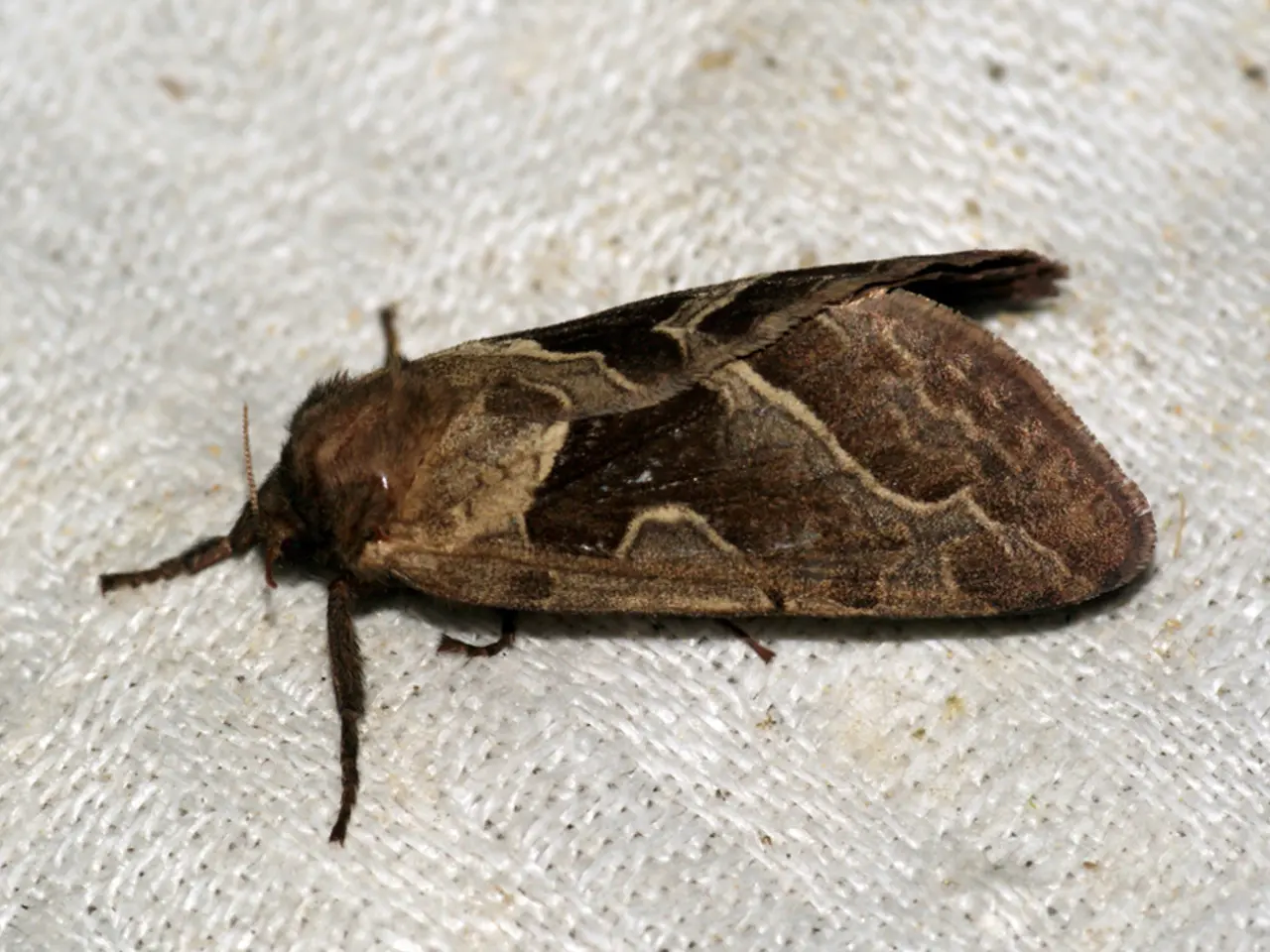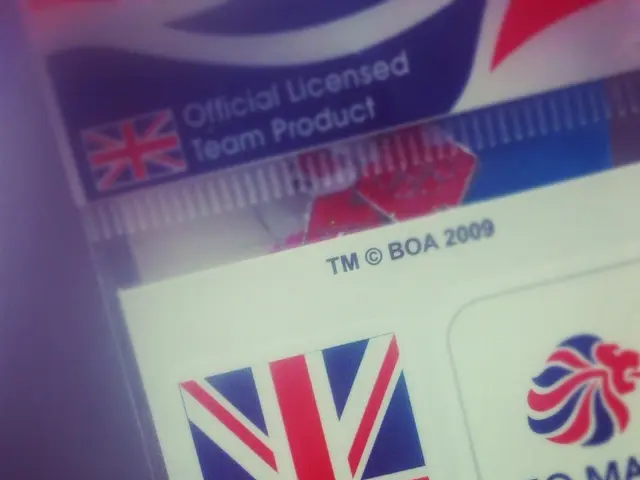Child's Facial Eczema: Essential Information and Treatment Guidelines
In a world where children's skin health is paramount, understanding eczema and its impact on a child's facial skin becomes crucial. Dr. med. Anna Eger, an expert in the field, sheds light on the appearance, symptomatology, causes, and triggers of childhood facial eczema.
Eczema, a common skin condition, can manifest in various ways. In toddlers, older children, and adolescents, itchy, scaly patches may appear on the elbows, knees, ankles, hands, neck, and wrists. However, eczema on a child's face can be more pronounced, presenting as a rash that appears red, brown, purple, or gray, with dry, scaly, itchy, and potentially weeping or crusty skin.
Identifying triggers that worsen eczema is key to managing the condition. Common triggers may include dry air, tobacco smoke, pet dander, pollen, certain fabrics, laundry detergent, fabric softeners, soaps, shampoos, wipes, baby powders, sweat, saliva, and various other substances.
Eczema can cause sleep disruption due to itching, which can significantly disrupt a child's daily activities. Parents and caregivers should contact a healthcare professional if they notice symptoms of eczema, sleep disruption from itching, significant disruption to their child's daily activities due to the skin rash, or symptoms of a skin infection.
Gaps in the skin barrier in individuals with eczema allow moisture to escape, dust mites, fragrances, and other things to enter, causing inflammation, and bacteria and viruses to cross the protective barrier, possibly leading to infection. The outer layer of skin, known as the skin barrier, protects against things the skin may come into contact with, such as pollution, dust mites, and fragrances within lotions, and helps keep the skin hydrated.
Moisturizing a child's skin at least twice per day may relieve dryness and help manage eczema symptoms. Bathing techniques for managing eczema include using lukewarm water, a mild, fragrance-free cleanser, avoiding rubbing, limiting bathing to 5 to 10 minutes, and moisturizing the skin immediately after bathing.
In some cases, a doctor may prescribe corticosteroids as creams, lotions, ointments, or sprays to apply to the skin to help reduce inflammation and other symptoms, such as itching. It's important to note that eczema has no cure, but most parents and caregivers can manage their child's facial eczema through various strategies.
However, immediate medical help should be sought if a child's eczema rash appears infected and they have a fever, or if yellow or golden crusts are observed on their skin, which may indicate a bacterial infection. Infants with eczema often have a rash on their face, scalp, and behind their ears, while children with darker skin tones are more likely to develop eczema on their extremities.
Experts are unsure of the precise cause of eczema, but several factors may play a role, such as genetics, the immune system, and objects or substances that come into contact with the skin. Over time, eczema can cause thick, scaly, and tough skin that itches most of the time.
With the right knowledge and care, managing childhood facial eczema can be achieved, ensuring a more comfortable life for both the child and their caregivers.
Read also:
- Eight strategies for promoting restful slumber in individuals with hypertrophic cardiomyopathy
- Exploring the Strength of Minimally Digestible Diets: A Roadmap to Gastrointestinal Healing
- Secondhand Smoke: Understanding its Nature, Impact on Health, and Additional Facts
- Overseeing and addressing seizure-induced high blood pressure complications in pregnancy, known as eclampsia







